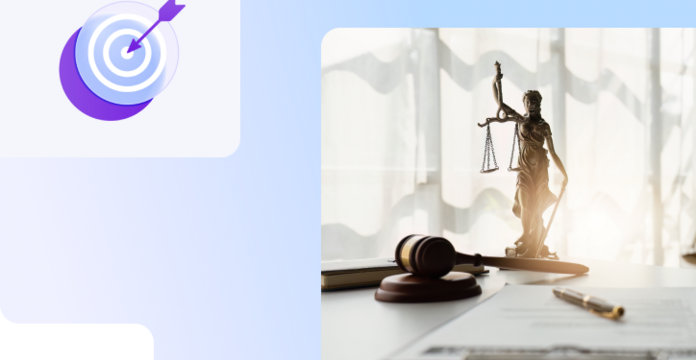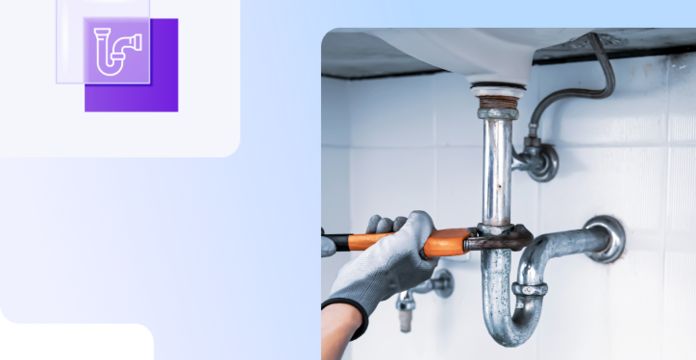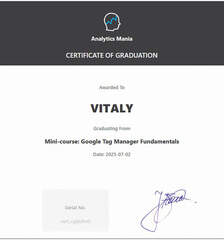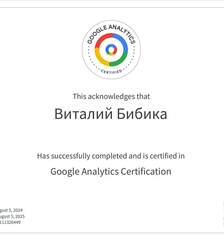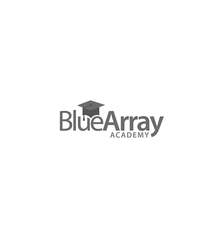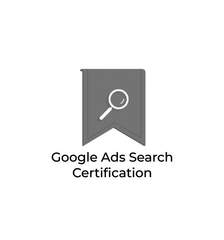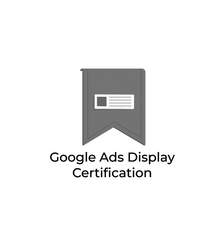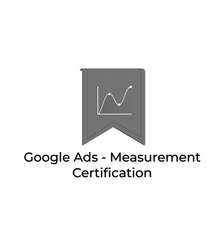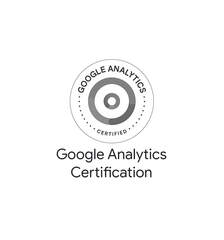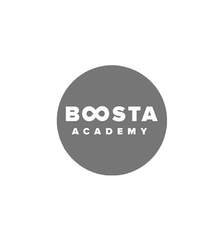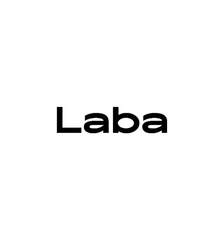Work on a project always begins with getting acquainted with the website, studying the specifics of the products or services offered by the client, defining the promotion region, and analyzing competition within the niche. At this stage, the SEO specialist:
- conducts an audit of the website's visibility for high, medium, and low-frequency queries, examines page traffic metrics, and analyzes the behavioral factors of potential clients;
- thoroughly examines the needs and interests of the target audience, determining which marketing strategies might work best for them. This step is especially crucial for websites in highly competitive niches;
- performs a comprehensive keyword and phrase analysis, structuring the relevant queries;
- analyzes competitors. Special attention is paid to studying the structure of websites and landing pages, commercial factors, content, semantic core, and link profiles.
Assessing the strengths and weaknesses of the client’s website and identifying effective SEO tools and competitor shortcomings allows the SEO expert to find effective solutions for promotion, determine priority areas of work, and avoid mistakes.
The SEO strategy for web projects is always developed individually, taking into account the product's specifics, target audience, and industry trends. It’s not advisable to use off-the-shelf solutions since, for a site to be successful, it must stand out from competitor resources.
This stage involves a detailed analysis of the technical aspects of the website that affect its visibility in search results, the correctness and security of its operation, as well as the user experience. Internal auditing consists of four parts:
- Technical — mobile device optimization, page load speed, language version settings, robots.txt and sitemap.xml files, use of meta tags, absence of duplicates, 404 pages, etc.;
- Structural — logical site structure, navigation usage, internal linking presence;
- Content — quality and uniqueness of text content, optimization, keyword usage, text structure and formatting;
- Usability — ease of use and completion of target actions, functionality of elements.
Internal optimization and correction of technical errors during the promotion process can significantly improve page positions in search results. This type of work is carried out not only for long-running sites needing updates to increase visibility and traffic but also for new platforms.
Sometimes during an audit, it becomes evident that the site is under Google filters. In most cases, this can be fixed. To resolve the issue, it’s necessary to determine the reason for being filtered, correct the violations, and after making changes, submit a request through Google Search Console. The faster the required actions are taken, the sooner the site’s positions will improve.
The semantic core consists of key words and phrases that describe the products or services offered and attract target visitors to the web pages. The success of promotion largely depends on the correct selection and placement of these queries on the site.
The process of selecting keywords involves several stages:
- defining basic words and phrases related to the business (for example, "hotel," "tire service," or "cosmetologist"). These could be product names, services, or sales features ("custom kitchens," "wholesale pellets," etc.);
- expanding the core using synonyms, Google suggestions, and incorporating region, commercial elements ("buy," "order," "price," etc.), or service-related characteristics ("with delivery," "reviews");
- eliminating irrelevant keywords.
Special tools, competitor websites, and company marketing materials are used to gather the semantic core.
All collected keywords are grouped and distributed across landing pages. Query clustering helps create a clear and logical site structure and develop a content plan. After additional optimization and the removal of informational queries, the semantic core can also be used in contextual advertising.
High-quality text content that includes SEO queries is a mandatory component of promoting online stores and websites offering any type of service. Based on the gathered and clustered semantic core, SEO specialists create technical tasks for writing texts and develop a content plan. Copywriters then generate content according to the specified SEO parameters and other requirements in the technical task (for instance, uniqueness, wateriness, etc.).
Once the texts are ready and reviewed, they are placed on the site following the rules for heading formatting (h2-h6), and filling in meta tags (title, description). In addition, unique images are uploaded to the site, which are also optimized for search. Using the alt tag is not the only way to optimize images. For pages to successfully rank, the size of the image, presence of a title, and adding keywords in the URL are also important.
For faster page indexing and improved behavioral factors, internal linking is used. Pages with many internal and external inbound links rank better than those without links.
A strong link profile is a powerful tool for promoting a site in search engines. This concept refers to all the backlinks leading to a website from external platforms. The site's ranking in Google search results is influenced not so much by the number of links as by their quality and the dynamic acquisition of these links. The more authoritative sources mention the resource, the more trust it garners from the search engine. The external optimization stage includes:
- purchasing links on exchanges;
- placing free links on forums, in catalogs, directories, and other thematic resources;
- creating technical tasks and ordering articles with backlinks from copywriters.
We always recommend clients publish their expert content that users will want to link to themselves. We advise placing backlinks of different types and publishing articles on platforms whose topics correspond to the project being promoted. However, mass link purchases on exchanges and content publication on dubious platforms should be avoided.
The ultimate goal of creating and promoting a company website is to sell products or services. The performance of target actions by the audience that arrives from search results depends on the site's ease of use. Specialists focus on converting visitors into customers, which involves:
- studying statistics, analyzing behavioral factors, identifying problems;
- developing hypotheses to improve usability with minimal effort and costs. These hypotheses should be based on analytics data, taking into account the target audience's characteristics, seasonality, and other factors affecting conversion;
- testing the website's performance in different browsers and on various devices;
- enhancing the attractiveness of the snippet — the text block shown in search results;
- refining the structure and functionality of the site;
- improving content by providing comprehensive information about products and services, adding useful materials such as charts, tables, and video reviews;
- optimizing pages with high bounce rates.
Conversion rate optimization helps identify and fix ineffective aspects of the site, increase profits without additional advertising costs, and build audience loyalty to the brand, stimulating repeat purchases.
The secret to successful website promotion in Google search is constant monitoring of results and strategy adjustment. Additionally, it’s important to remember that search algorithms change constantly. Therefore, to avoid filters and maintain high positions, the website needs ongoing attention and optimization. Since the effectiveness of promotion is often measurable in numbers, we provide clients with monthly reports and discuss future steps. For sustained and improved SEO performance, continuous work on the website is necessary.






